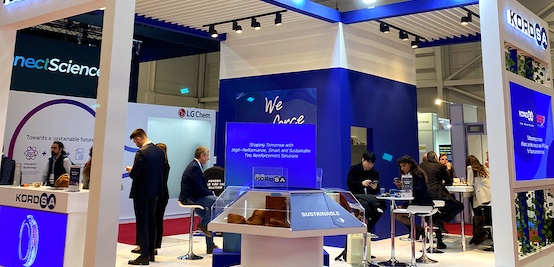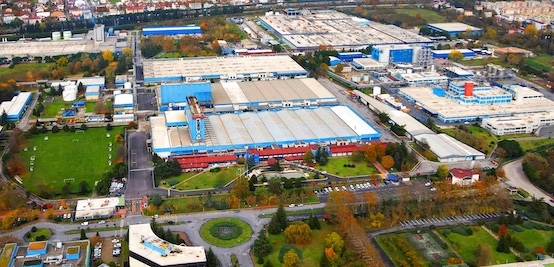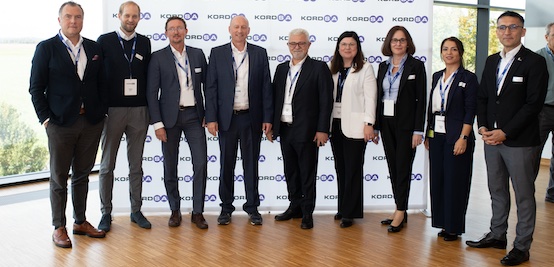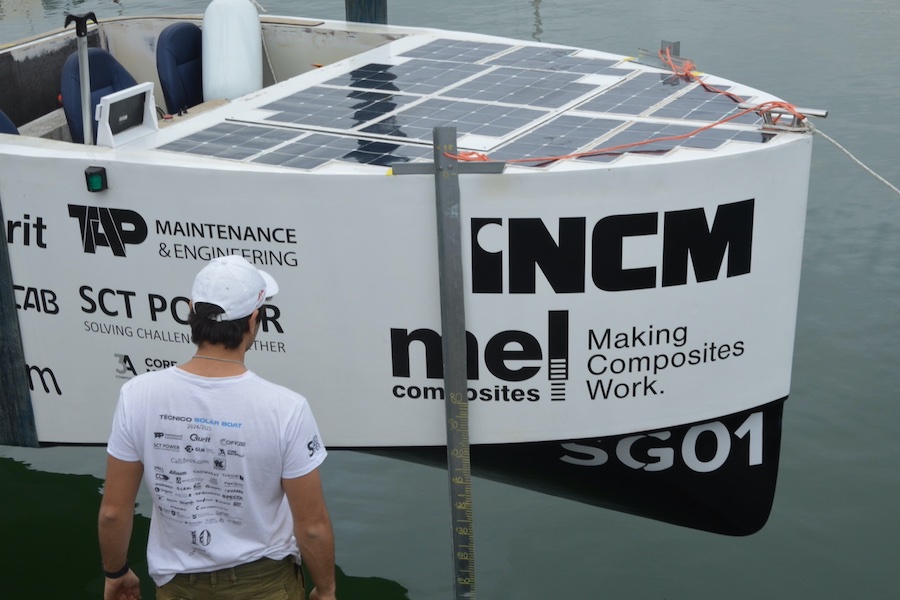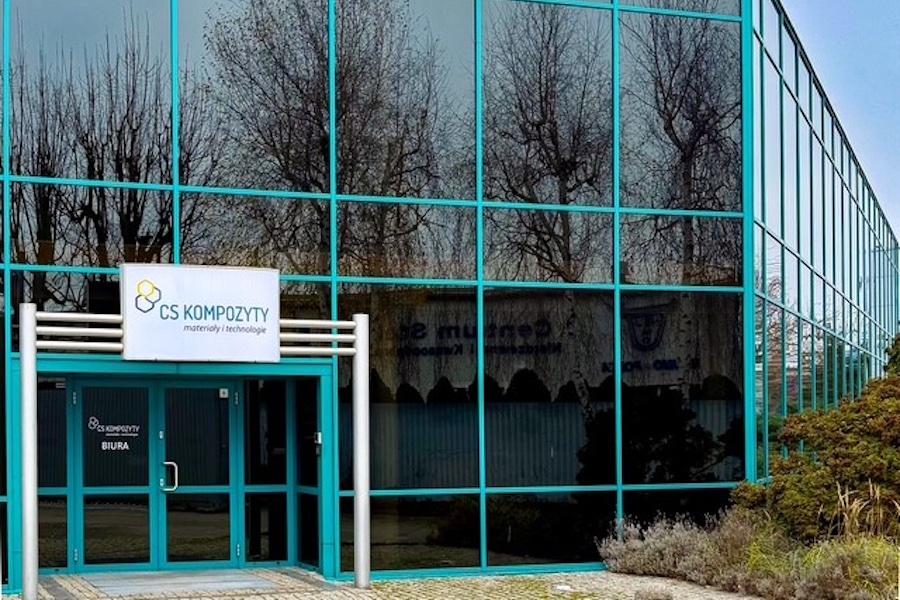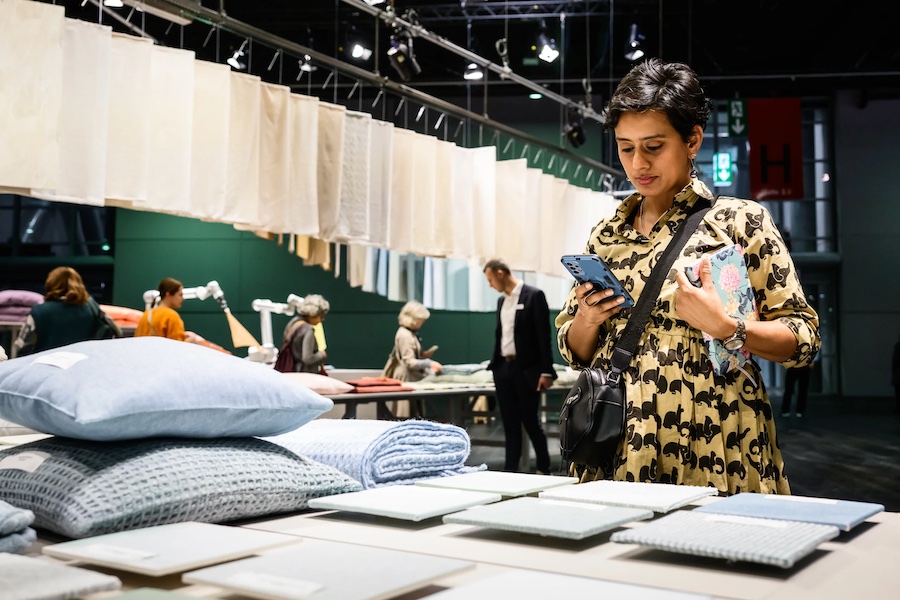#Composites
Kordsa studies a new model to improve cooling process of the monofilament
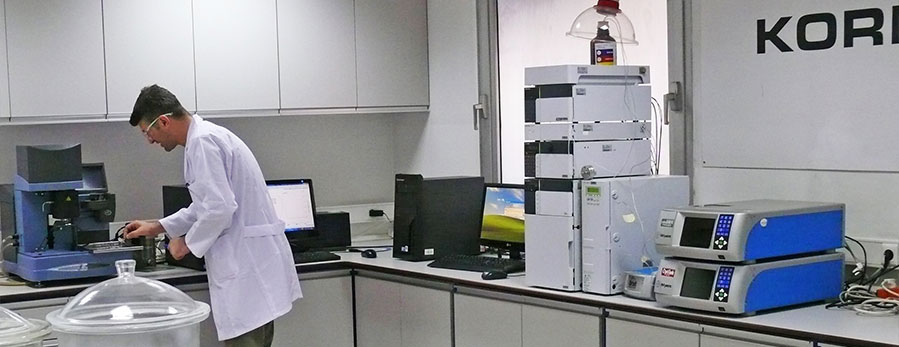
Kordsa, playing a key role in developing a safer, more efficient, more convenient and easier life, works on developing sustainable innovative solutions in tire, construction reinforcement and composites technologies at its two R&D centers. “The Determination of Convective Heat Transfer Coefficients on Quenching Monofilament” article in the Reinforcer Magazine by Kordsa Project Leader Mert Patkavak, Ph.D puts forth the results of such an effort, aiming to bring an innovative solution to the textile industry, contributing to save time and cost as well as optimize the overall process.
The study focuses on determining a convective heat transfer coefficient in order to understand the temperature profile of a filament in the cooling process. The results, detailed in the article, are in good agreement with the literature. After the model is also tested at Yildiz Technical University’s laboratory to obtain convective heat transfer coefficients underwater in liquid isothermal bath cooling, Kordsa is planning to use it to further analyze the cooling process of yarn.



